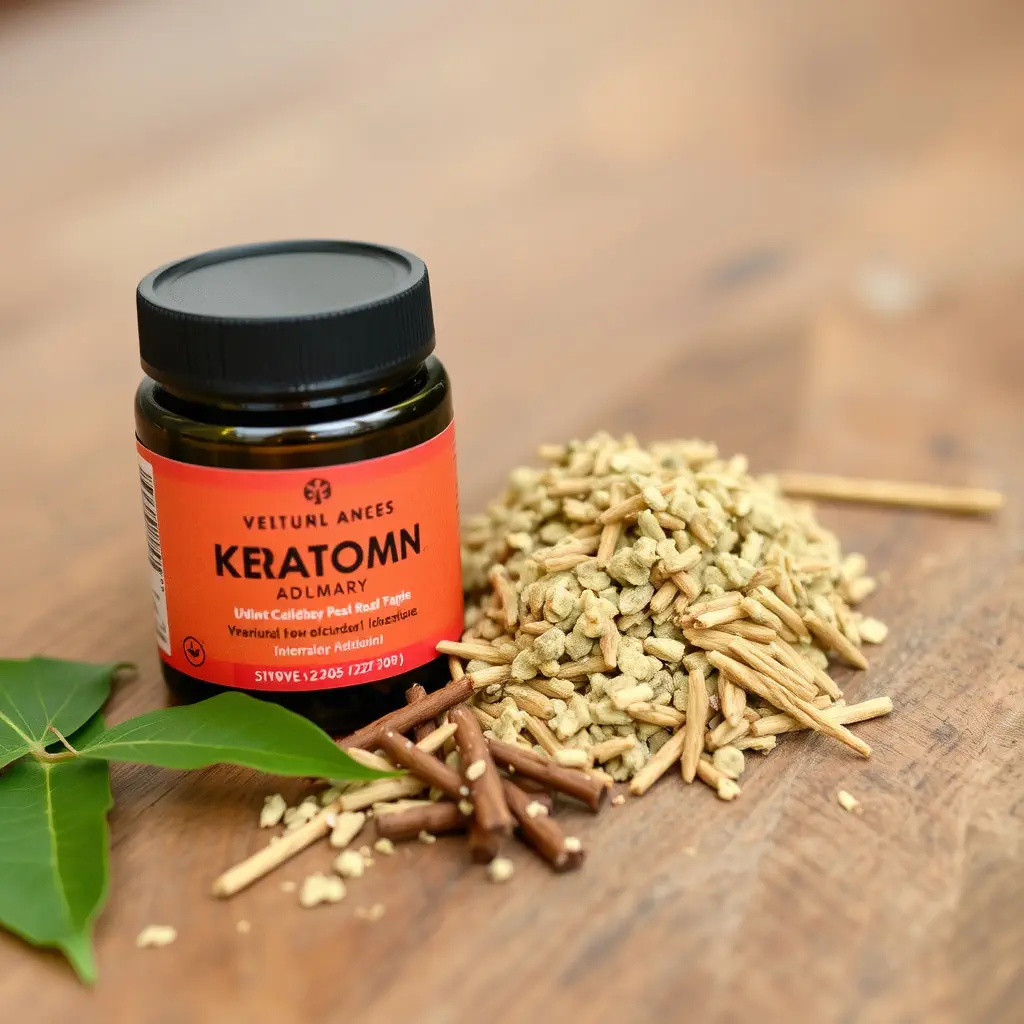As of 2023, kratom remains a subject of legal and regulatory debate in the United States, with its status varying by state. In Michigan, kratom is currently legal, but this was previously contested with legislative attempts to ban it, which were vetoed. The federal government does not control kratom under the Controlled Substances Act, allowing for its legal purchase nationwide. However, users in Michigan and elsewhere should remain informed, as the legality of kratom can change with new legislation. Kratom is celebrated for its potential analgesic properties due to alkaloids like mitragynine and 7-hydroxymitragynine, which interact with opioid receptors, and is sometimes used for joint pain relief. Consumers must navigate these regulations carefully and are advised to consult healthcare professionals for safe dosing practices and to monitor their health due to potential side effects and the risk of developing tolerance or dependence. It's important for those considering kratom to stay informed about its legal status and to do so under medical guidance, especially if they have pre-existing health conditions or take other medications.
Kratom has emerged as a topic of interest among individuals seeking natural relief from joint pain. This article delves into the potential benefits and considerations of using kratom, particularly within the context of Michigan’s legal framework. We will explore the botanical’s efficacy for joint pain relief, shedding light on its mechanisms and user experiences. Additionally, we will address safety concerns, optimal dosage guidelines, and common side effects associated with kratom consumption. For those curious about the legality of kratom in Michigan and its implications for pain management, this comprehensive overview aims to provide clear, evidence-based insights.
- Understanding Kratom and Its Legal Status in Michigan
- Exploring the Efficacy of Kratom for Joint Pain Relief
- A Word on Safety, Dosage, and Potential Side Effects of Kratom Use for Joint Pain
Understanding Kratom and Its Legal Status in Michigan

Kratom, a tropical evergreen tree native to Southeast Asia, has gained attention for its potential therapeutic properties, particularly in alleviating joint pain. The leaves of kratom contain compounds called alkaloids, which can interact with the body’s opioid receptors, providing pain relief and other benefits. As a result, it has become a topic of interest among individuals seeking natural alternatives to manage chronic pain. However, the legal status of kratom varies across different regions within the United States, including the state of Michigan.
In Michigan, the legal status of kratom has been subject to legislative debate and change. As of the knowledge cutoff date in 2023, kratom is not explicitly scheduled as a controlled substance at the federal level under the Controlled Substances Act, which means it is legally available for purchase. However, state laws can differ, and local ordinances may impose additional restrictions. Michigan’s position on kratom has evolved over time, with legislative attempts to regulate or ban its sale. For instance, a bill that would have outlawed kratom in the state was vetoed by the governor in 2018, keeping it legally accessible but under scrutiny for its safety and efficacy. It’s important for consumers to stay informed about current laws, as the legal status of kratom can change with new legislation or regulatory actions. Those interested in using kratom for joint pain relief should carefully consider the legal implications and consult with healthcare professionals to ensure safe and compliant use within Michigan’s regulations.
Exploring the Efficacy of Kratom for Joint Pain Relief

Kratom, a plant originating from Southeast Asia, has garnered attention for its potential role in joint pain relief. The efficacy of kratom for this purpose is rooted in its alkaloid content, particularly mitragynine and 7-hydroxymitragynine, which are believed to interact with opioid receptors within the body, providing analgesic effects. Users report relief from chronic joint discomfort, attributing their improvement to kratom’s anti-inflammatory properties. However, it’s crucial for individuals to approach its use with caution due to varying levels of regulation across different regions. For instance, in Michigan, the legal status of kratom is subject to change and can differ from county to county. As such, residents interested in exploring kratom for joint pain relief should first verify its legality within their local jurisdiction by consulting state and local laws. This due diligence ensures that users are not only adhering to the law but also understanding the potential risks and benefits associated with its use. Additionally, ongoing research continues to shed light on the plant’s efficacy and safety profile; however, more clinical studies are needed to fully understand kratom’s effects on joint pain relief and how it compares to traditional treatments. Users contemplating the addition of kratom to their wellness regimen should consider consulting with a healthcare provider to discuss its potential role in their treatment plan.
A Word on Safety, Dosage, and Potential Side Effects of Kratom Use for Joint Pain

When considering the use of kratom for joint pain relief, it’s crucial to approach the topic with a focus on safety, dosage, and potential side effects. Kratom, derived from the leaves of the Mitragyna speciosa tree, has gained attention for its purported analgesic properties, which may provide relief for those suffering from joint pain. However, as with any substance, its legality varies by region; for instance, is kratom legal in Michigan? As of my knowledge cutoff in 2023, kratom is legal in Michigan but remains a federally controlled substance under the DEA’s Schedule I, which means it’s subject to federal regulations.
For those considering kratom as an option for joint pain management, adhering to appropriate dosage guidelines is key to minimizing risks and maximizing potential benefits. Typically, users report positive outcomes with a low to moderate dose range, yet individual sensitivity can greatly influence the optimal amount. It’s important to start with a lower dose and gradually increase as needed, while also being mindful of the duration of effects and the possibility of developing tolerance or dependency. Side effects can include gastrointestinal issues, drowsiness, and potential interactions with other substances, especially prescription medications. Therefore, it’s advisable to consult with a healthcare professional before incorporating kratom into one’s wellness regimen, particularly for those with pre-existing health conditions or who are taking other medications. Regular monitoring of one’s health status is essential when using kratom, as is staying informed on any regulatory changes concerning its legal status.
When considering natural alternatives for joint pain relief, kratom has emerged as a noteworthy option. As explored in the article, understanding its legal status, particularly in Michigan where it is permitted under certain conditions, is crucial for individuals seeking its benefits. The efficacy of kratom in providing relief from joint pain has been a subject of increasing interest and discussion among healthcare consumers and practitioners alike. However, it is imperative to approach its use with caution, considering the safety guidelines and potential side effects. Prospective users should be well-informed about the appropriate dosage and monitor their response carefully due to kratom’s varying effects on different individuals. In light of the current research and legal considerations, those interested in exploring kratom as a remedy for joint pain should do so with an informed and measured approach. As always, consulting with a healthcare provider is recommended before integrating any new treatment into one’s health regimen.






